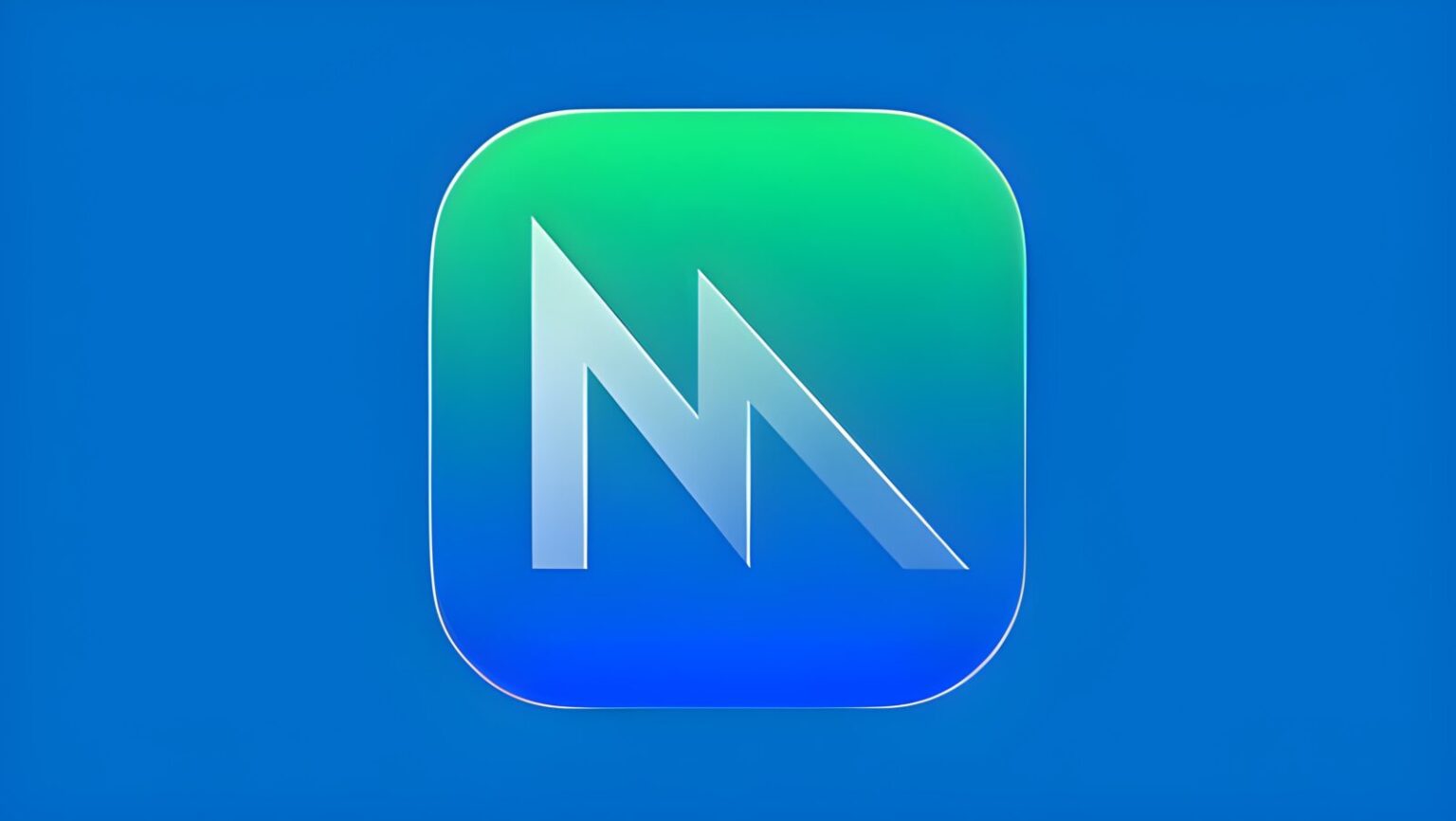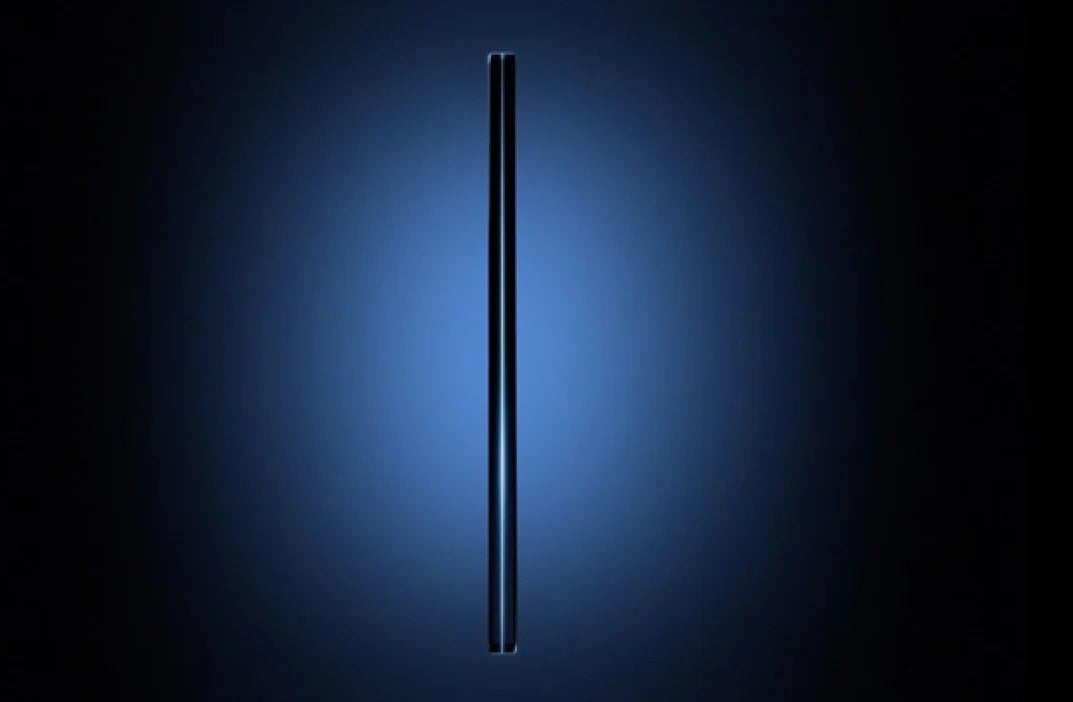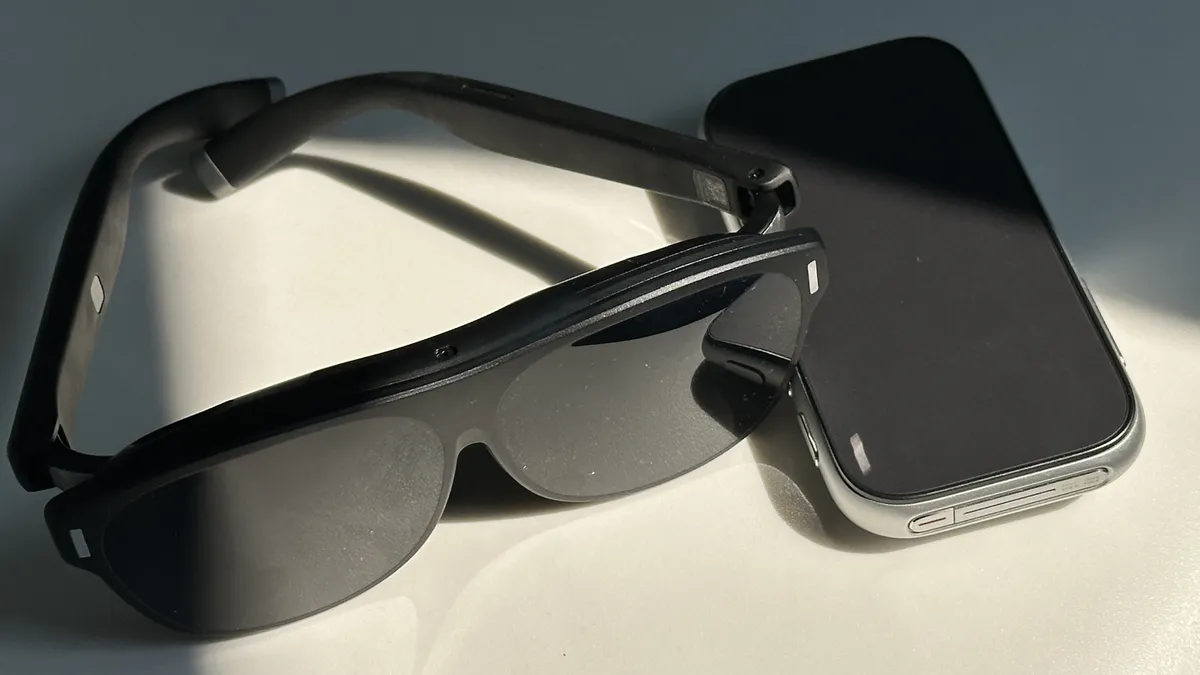Apple continues its cautious approach to Mac gaming with Metal 4, introduced at WWDC25. While past efforts to position the Mac as a viable gaming platform have met with mixed results, the new version of Apple’s graphics API offers two notable enhancements aimed at improving performance in demanding titles: frame interpolation and a denoised upscaling pipeline. Both features build on the foundation of MetalFX, Apple’s existing upscaling technology.
MetalFX allows games to render scenes at lower resolutions and then upscale them, improving frame rates without significant quality loss. This approach isn’t unique to Apple—similar methods are used across modern gaming platforms—but it provides a crucial baseline for performance tuning on Macs, particularly those without discrete GPUs.
The first key addition in Metal 4 is frame interpolation. Rather than requiring the GPU to render every single frame, the system analyzes motion vectors and depth data to generate new intermediate frames between the actual rendered ones. This technique effectively increases the perceived frame rate, offering smoother animation without doubling the rendering load. It’s similar to frame generation tech used on PCs and can help Mac games deliver a 90Hz or 120Hz experience even if the game is only natively pushing out 30 or 60 frames per second.
The second enhancement targets ray tracing performance, an area where Mac hardware has historically struggled. MetalFX now includes a denoising step during upscaling. This enables games to render with fewer rays, reducing GPU strain, while the upscaler cleans up the resulting image to remove noise and artifacts. This avoids the need for custom denoising solutions or heavy CPU-side processing, potentially making ray tracing more viable on Apple silicon.
Metal 4 will be supported on devices running the M1 chip and later, as well as A14 Bionic and newer. While these updates won’t transform Macs into gaming-first machines overnight, they give developers practical tools to extract more performance from existing hardware. Whether that leads to broader adoption of AAA games on macOS remains to be seen, but the foundation is more solid than in years past.





